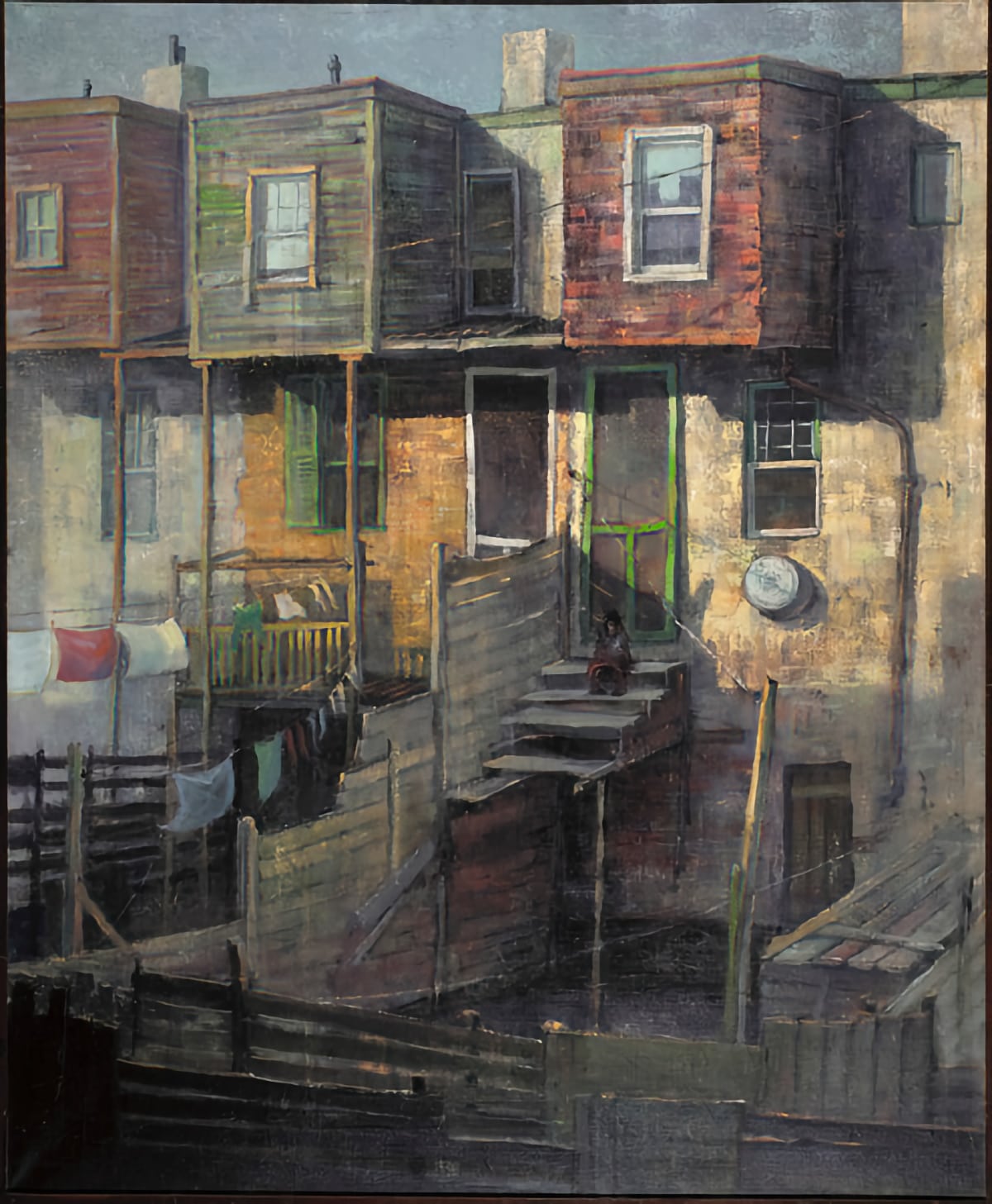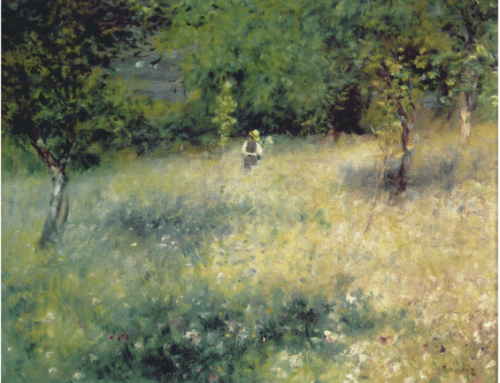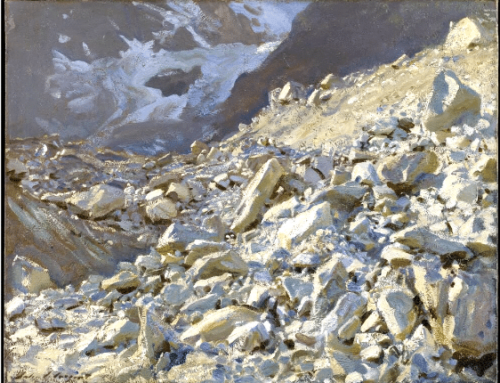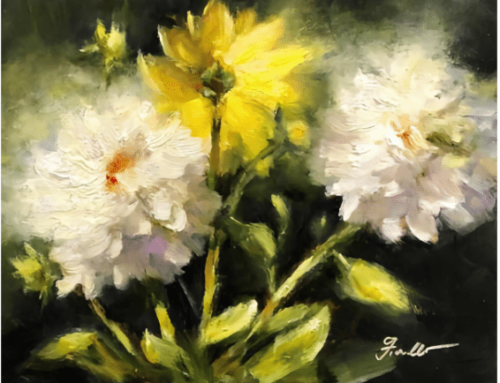Louis B. Sloan (1932 – 2008) was the first Black full-time faculty member of the prestigious Pennsylvania Academy of Fine Art, and he mentored talented students and conserved important paintings there and at the Philadelphia Museum of Art (including one of the most important of all American paintings, the Gross Clinic by Thomas Eakins) from 1962 until 1980.

A child prodigy, Sloan’s older brother Beauford sparked his interest in art at an early age. Sloan’s sixth-grade teacher, a Mrs. Cordelia McKrantz, encouraged his drawing by buying him his first set of oil paints. Sloan in 1951 drew on-the-spot “creative pictures” as another young man played the piano during during a high school concert. One of the best students ever to graduate from that school, he graduated with a scholarship to PAFA, where he took the place by storm, racking up scholarships and awards, and never stopped.
He was born on June 28, 1932, in West Philadelphia to Matthew and Anna Mae Sloan. His father lost his job as an auto mechanic during the Depression and then gave piano lessons to feed the family of 12 children (he was the fifth), taking over for his wife after her family got too big.
Sloan’s practice ranged through the figure and studio landscapes. He became an avid plein air painter in the 1960s, a time when no one in the art world took plein air painting seriously.
One of his former students has written an eloquent appreciation of Sloan’s art and the man himself. The piece begins: “The snow would be waist high and the temperature freezing or below. Lou would be Eskimo-like with his easel and brushes ready for action. This was a dedicated landscape painter, one of the best on the planet. Because he was such a dedicated en plein air devotee and practitioner, Lou had my immense respect, besides being a super sweet person and a ‘real human being.’”
Sloan is not an easily categorized artist; he seems to have done only what he believed in his heart was the most important and inspiring thing to do at any given time. He kept this maverick sensibility throughout his life and career, embracing his perpetual “outsider status” and refusing to fit into the mold of the politicized “Black Artist in America.”

Gathering Storm over Philadelphia Louis B. Sloan 38 x 46 1/4 in. (96.5 x 117.5 cm.) Circa 1961
He won a Guggenheim “genius” grant in 1963. That yer, his works were presented in several shows, including PAFA’s annual alumni exhibition.
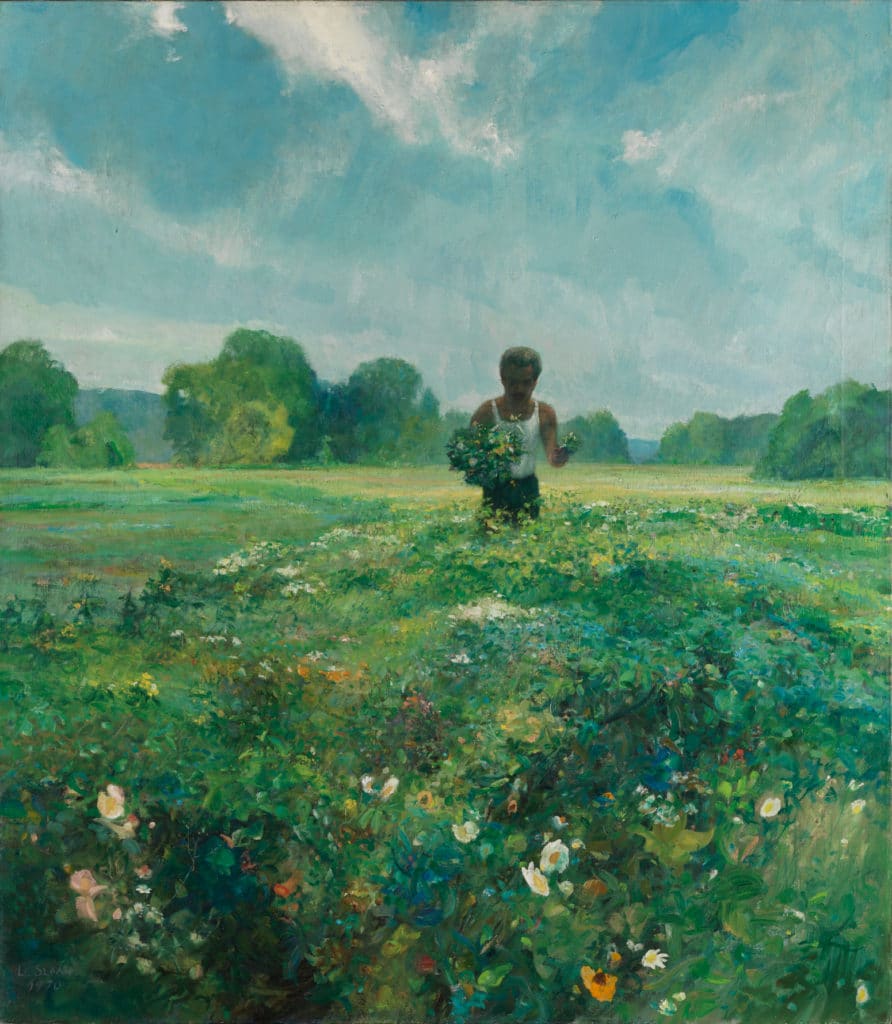
Louis B. Sloan, Self-Portrait in a Landscape, 1970, 48 1/4 x 42 1/4 in. (122.555 x 107.315 cm.)
In 1975, he won the Earth II Purchase Award during an exhibit sponsored by the Junior League of Philadelphia at Children’s Hospitical of Philadelphia. His painting “A Field of Daisies” was purchased by Friends of Earth II for the hospital, which each May celebrated daisy days as a fundraiser.
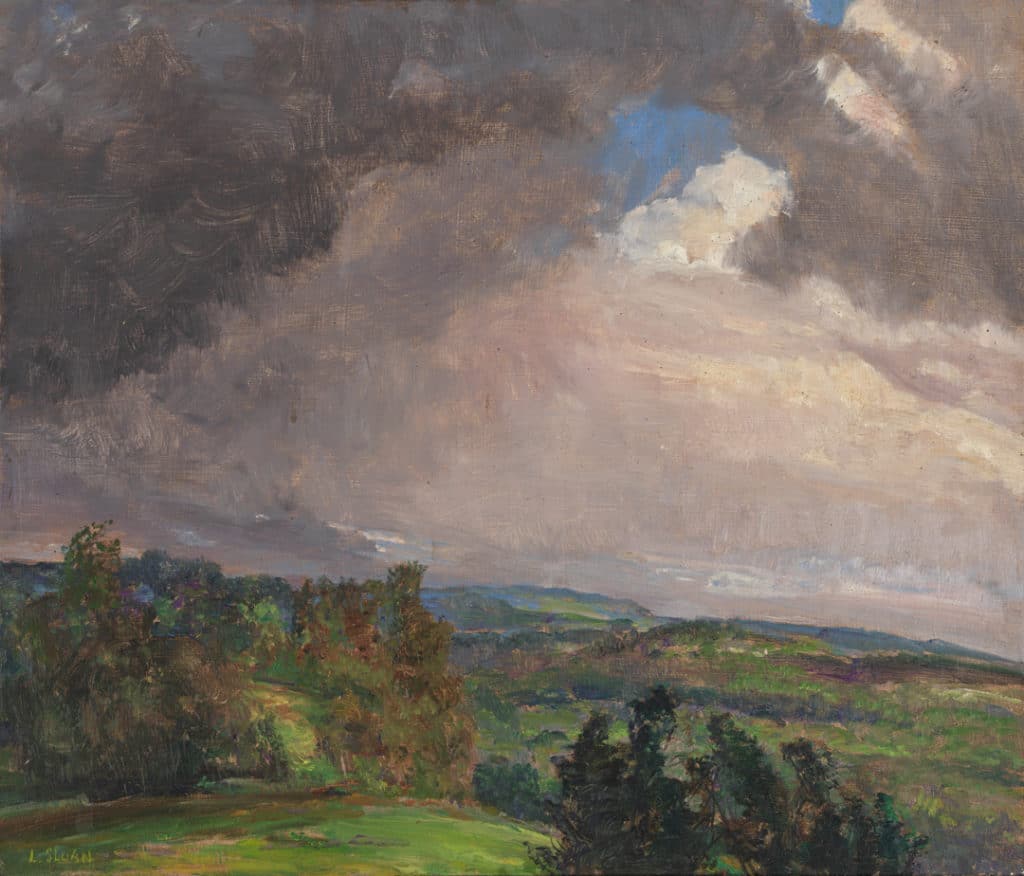
Louis B. Sloan, After the Storm, oil on plein air panel, 11 3/4 x 13 3/4 in. (29.845 x 34.925 cm.)
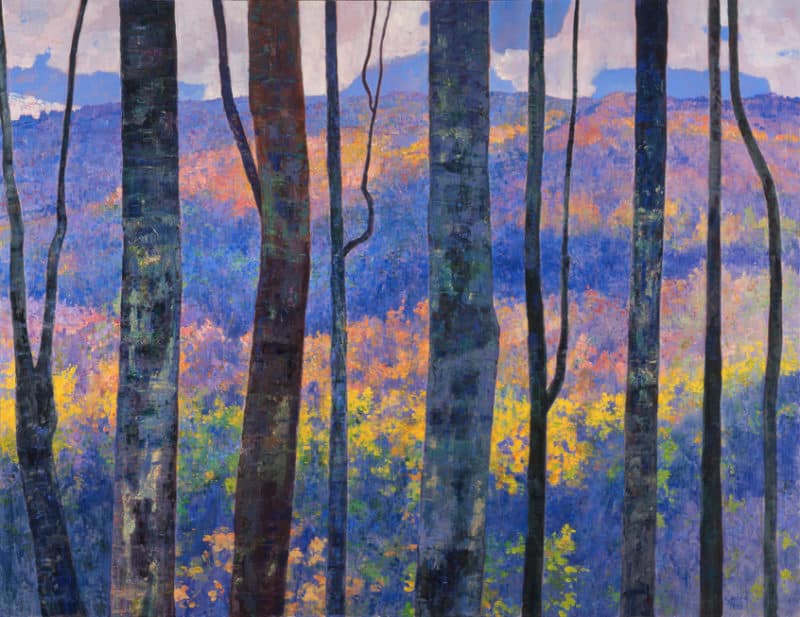
Louis B. Sloan, Frost Valley in the Catskills, 54 x 70 in. (137.16 x 177.8 cm.) 1995
Sloan died in 2018. In later years, he often said, he never considered himself to be a ‘black’ artist, but rather, he was an artist, in his, and its own right, without the need for racial stereotype labelling. He would say that “my art has to stand on its own and speak for itself.” He also said, “there is only one reason a person should paint, and that’s because they love to paint, no other reason.”
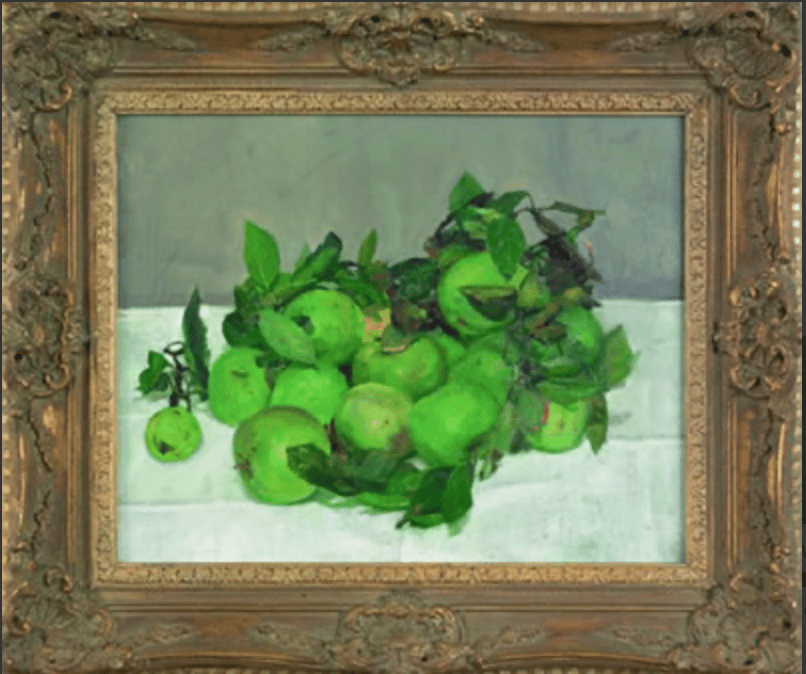
Louis B. Sloan, Still Life c. 1965 (source: auction records)
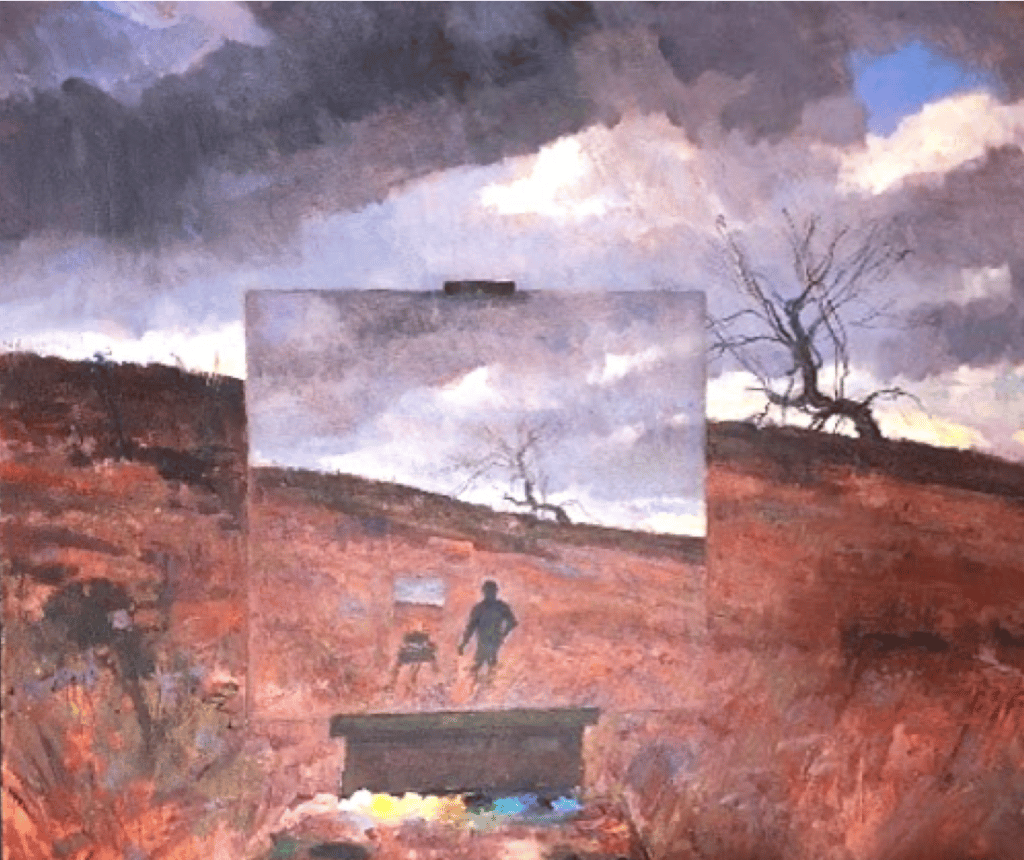
Louis B. Sloan, Self-Portrait in a Landscape
Autumn in Acadia
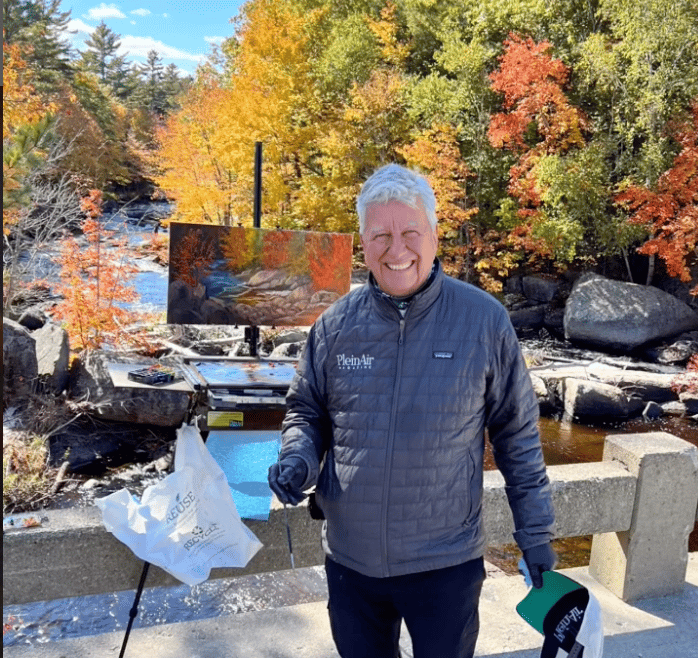
Eric Rhoads on this year’s Fall Color Week paintfest in Acadia.
Plein air painters could do worse than a road trip to grow their skills, make friends in the art, and enjoy some of the most beautiful landscape locations in the world.
Eric Rhoads (publisher of Inside Art) hosts painting gatherings all over the world all year long. Each fall, he takes a group somewhere new to paint the leaves. This year’s “Fall Color Week” landed in rugged Acadia, Maine.

